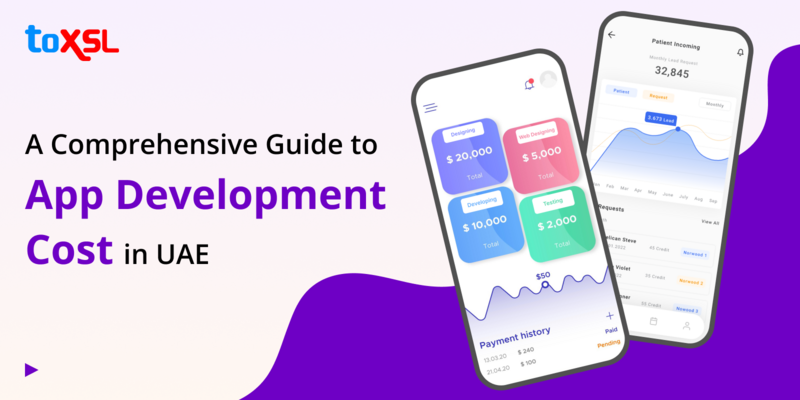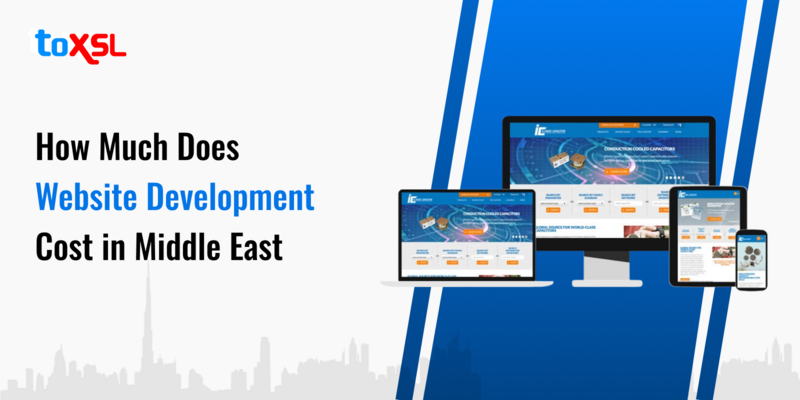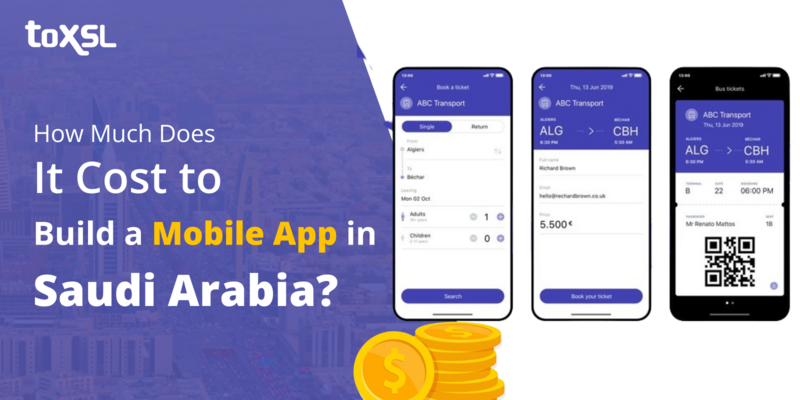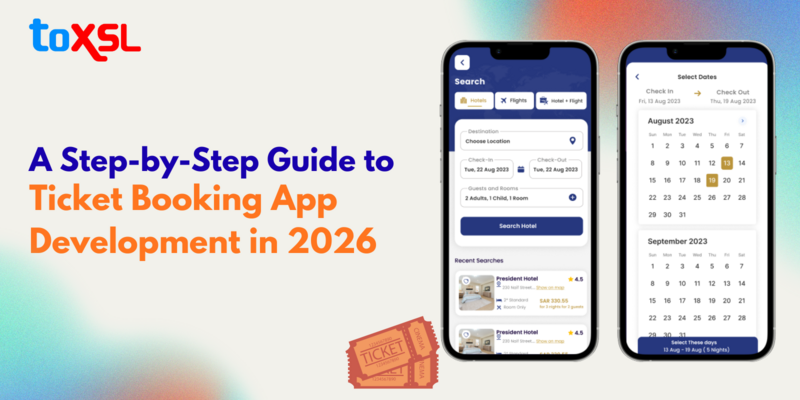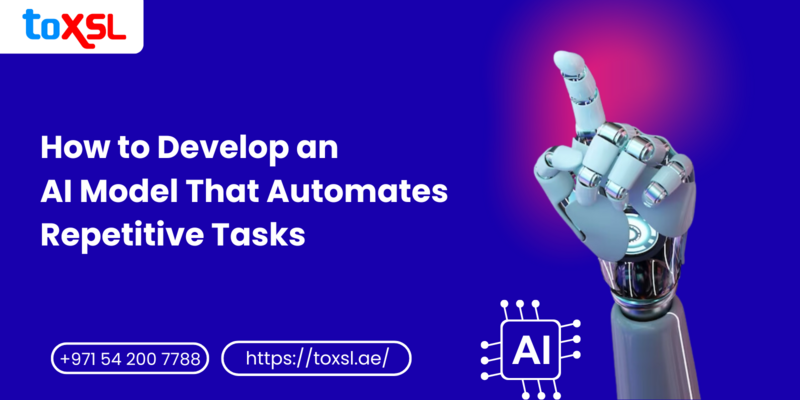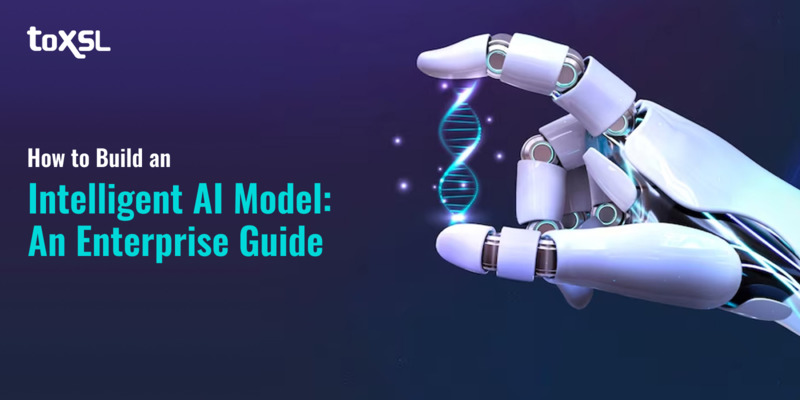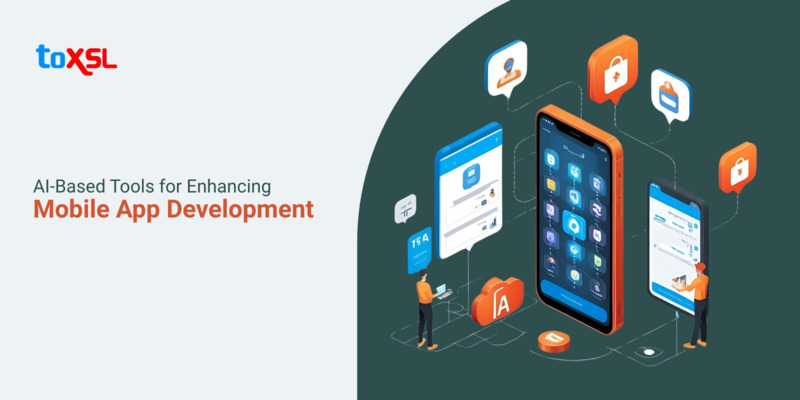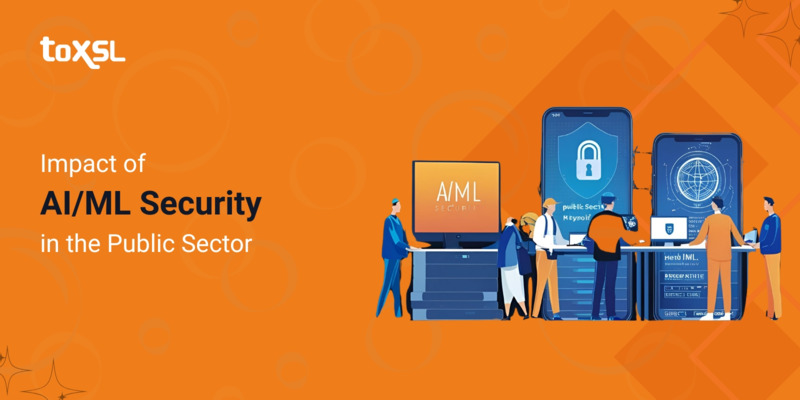
it's becoming more important to connect and use models in a good way. Machine learning models are often complicated and made with different information and methods. To make them work well in real-life situations, they need to be combined correctly. One of the best ways to do this is by using something called APIs. APIs help connect these models to other systems so they can work together smoothly.
In this blog, we'll look at how APIs help connect machine learning models, make it easier to use them, and show real examples of how APIs can easily add these models to applications.
Understanding APIs
An API is a tool that helps different computer programs talk to each other. It lets them share information in a way that everyone understands. Apps can ask other systems for help and get answers without needing to know how those systems work inside. APIs make it easy to add features like payment processing, weather updates, or machine learning to apps. This makes building apps faster and easier, and it helps different systems work together smoothly.
How APIs Help in Connecting Machine Learning Models
Machine learning models are often made in their own separate spaces, which makes it hard to add them to bigger systems. In the past, making these models work in real-life situations was very complicated and required a lot of coding. APIs make it easier by providing a simple way to use these models. They act like a door that lets other systems use the model's abilities without needing to deal with all the complicated stuff.
1. Simplifying Model Deployment: APIs make it easy for developers to use machine learning models without dealing with complicated technical things. They don't need to manage servers or complex systems. Instead, they can just use a simple API. It's like sending a message and getting a response. You send some information to the API, and it sends back the answers. This way, developers can focus on building their apps without worrying about all the technical stuff.
2. Enabling Interoperability Between Models: Machine learning models are made using different tools and languages, like Python. Some models help computers understand words, and others help them recognize pictures. These models use special helpers like TensorFlow or OpenCV. APIs are like translators that make these models work together, even if they were built in different ways. They help different systems talk to each other easily, so they can share information and work well together.
3. Providing Scalability: Using APIs with machine learning models is helpful because it makes them work better when many people are using them at the same time. When a lot of people want to use the model, the system can add more power to handle all the requests. This keeps everything running fast and smoothly. It's like adding more helpers in a busy store, so everyone gets what they need quickly.
4. Supporting Real-Time Predictions and Updates: APIs help make predictions right away, which is important for many applications. For example, when a bank checks if a transaction is fake, it needs to decide fast. APIs make sure these decisions happen quickly and reliably. They also help update the systems that make these predictions. If new information comes in and the system needs to learn from it, APIs can update it without stopping. This means the system can keep getting better all the time without any breaks.
Types of APIs Used to Connect ML Models
There are different types of APIs that help connect machine learning models, depending on what they are used for. Here are the main types:
1. RESTful APIs: These are simple and work over the internet using HTTP. They let apps send data to a server and get results back, usually in JSON or XML format. For example, you can use a RESTful API to send an image to a model and get back what the model thinks the image is.
2. GraphQL APIs: These allow apps to ask for exactly the data they need in one request, instead of using many requests like REST APIs. This is useful when working with complex machine learning tasks that involve multiple models or services.
3. gRPC APIs: These are very fast and use special technology to send and receive data quickly. They are great for machine learning systems that need to work superfast and handle lots of requests at once.
How APIs Are Used in Machine Learning
In this section, let us learn how APIs are used in Machine Learning:
Using Pretrained Models: APIs make it easy to add ready-made machine learning models to apps. Big companies like Google, Microsoft, and AWS offer APIs for tasks like recognizing images, translating languages, or analyzing feelings in text. For example, a developer can use Google Cloud Vision API to find objects in a picture or read text from an image without building their model.
Managing Model Versions: Machine learning models change and improve over time. APIs help manage these updates smoothly. Developers can replace old models with new ones without stopping the service, making sure everything works well for users.
Making Predictions for Decisions: APIs connect machine learning models to businesses for smart decision-making. For example, an API can help an online store suggest products to shoppers or let supply managers predict how much stock they’ll need based on past sales.
Automating Tasks with AI: APIs let machine learning models handle difficult tasks automatically. In healthcare, they can analyze medical images and give predictions that doctors use to help patients. In finance, APIs help detect fraud or calculate credit scores quickly and easily.
Helping Teams Work Together: APIs make it easy for teams to share machine learning models. Data scientists build the models, and developers use APIs to add them to apps. This way, everyone works together smoothly to create great products.
How to Build and Deploy Machine Learning Models Using APIs
Building and deploying machine learning (ML) models through APIs can seem complex, but it’s easier when broken into simple steps. Here’s how you can do it:
1. Train Your Model
- Start by teaching your ML model using data and algorithms. Think of this step as training a student with examples to solve problems.
- Use tools like TensorFlow, PyTorch, or scikit-learn to create and improve your model.
- Once the model performs well and gives accurate results, it’s ready for the next step.
2. Package Your Model (Containerization)
- Imagine packing your model with all the tools it needs to work anywhere. This is called containerization.
- Tools like Docker help you bundle your model with its required software and settings so it runs smoothly on any computer or cloud service.
3. Build an API
- An API is like a doorway that lets other programs talk to your model.
- Use frameworks like Flask or FastAPI to create this doorway. For example, you might set up an endpoint called /predict where users send data, and the model responds with predictions.
4. Deploy the API
- Now, put your API on a server, so people can use it. You can host it on platforms like AWS, Google Cloud, or Azure.
- For big projects needing high reliability, tools like Kubernetes can help manage multiple servers and keep everything running smoothly.
5. Monitor and Maintain
- Once deployed, keep an eye on how your API performs. Use tools like Prometheus or Grafana to track its health and usage.
- Over time, retrain your model with new data and update the API to ensure it stays accurate and fast.
Wrapping up:
Machine learning APIs are changing the game for how we build and use machine learning solutions. They're tearing down walls and making this technology accessible to everyone, which is leading to a wave of new ideas and innovations. Whether you're a data expert, a developer, or a business leader, understanding the potential of machine learning APIs is key to staying ahead in today's rapidly changing landscape.
ToXSL Technologies is a leading Artificial Intelligence Services provider company offering the best AI solutions by leveraging Machine Learning models. Want to know how we can help you enhance your business? Hire our AI developers today.

